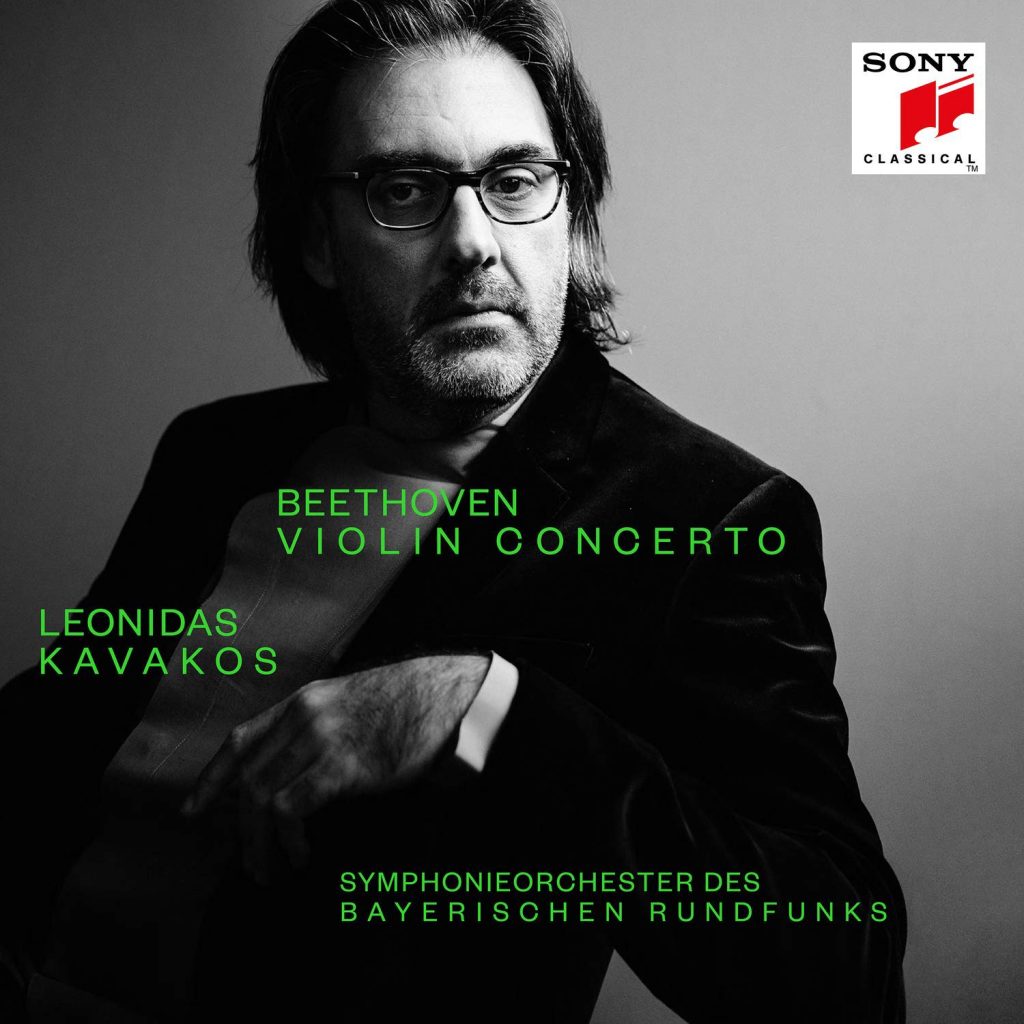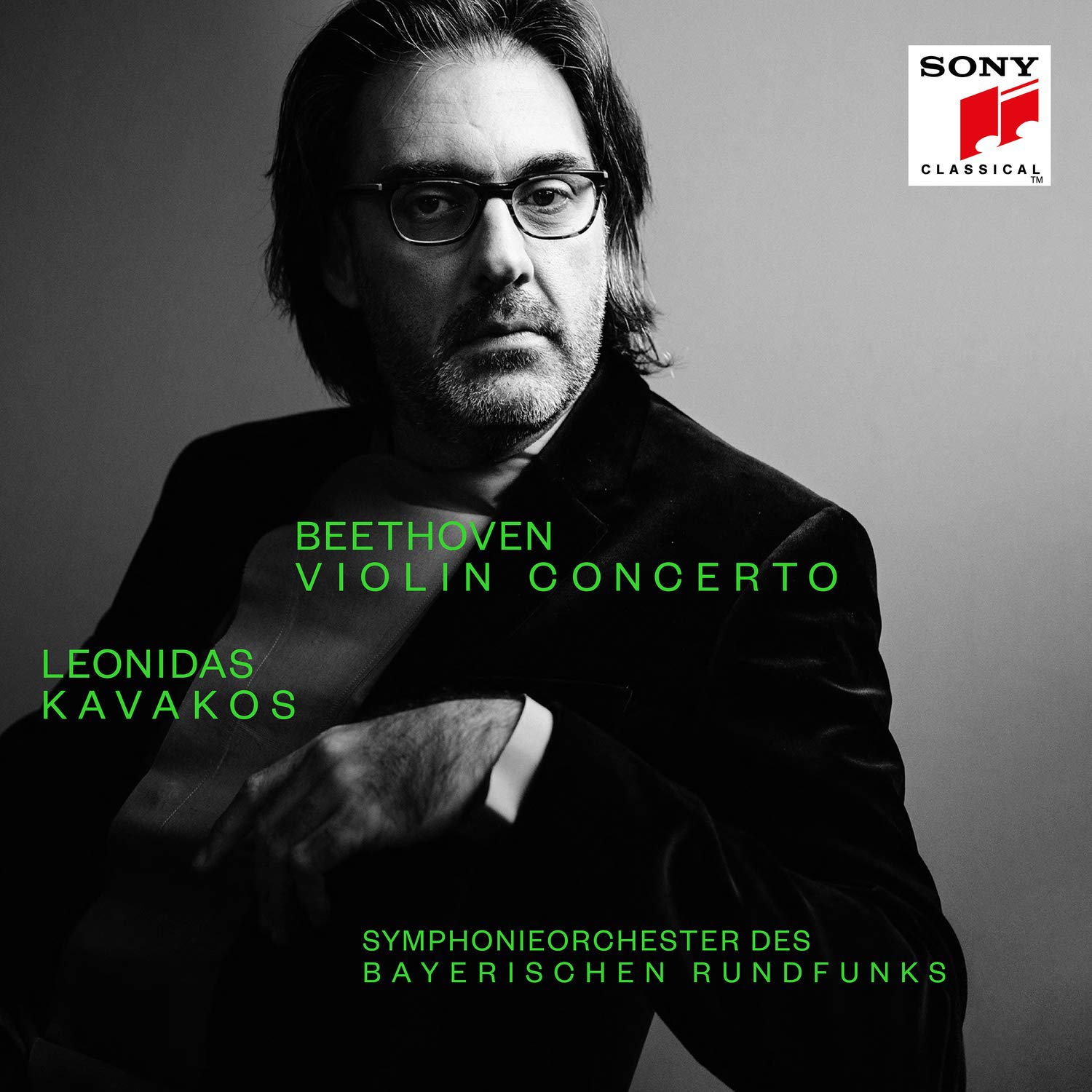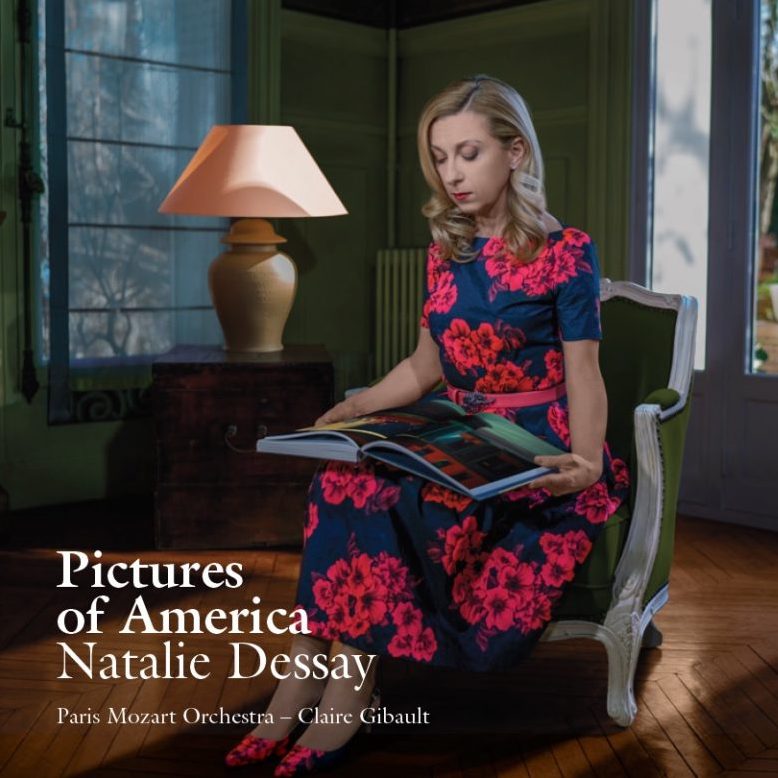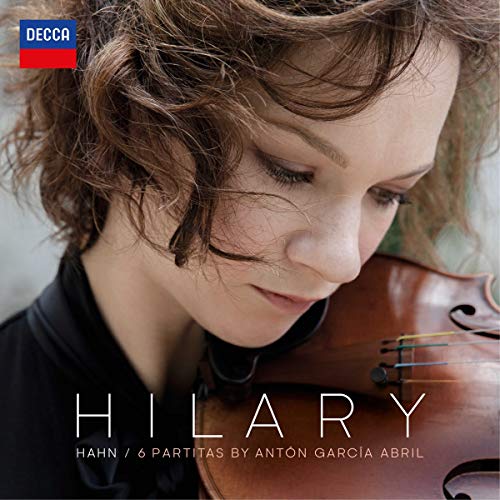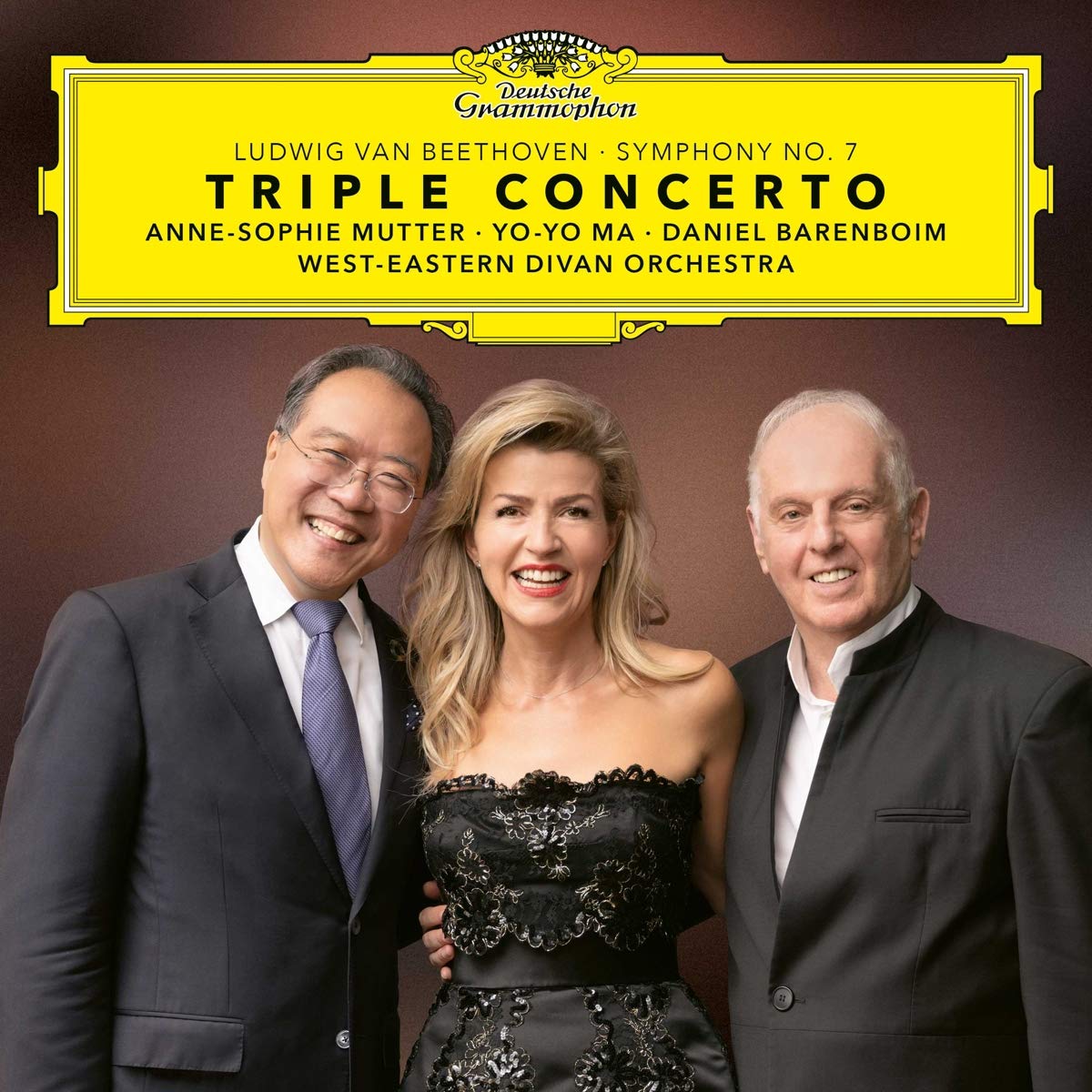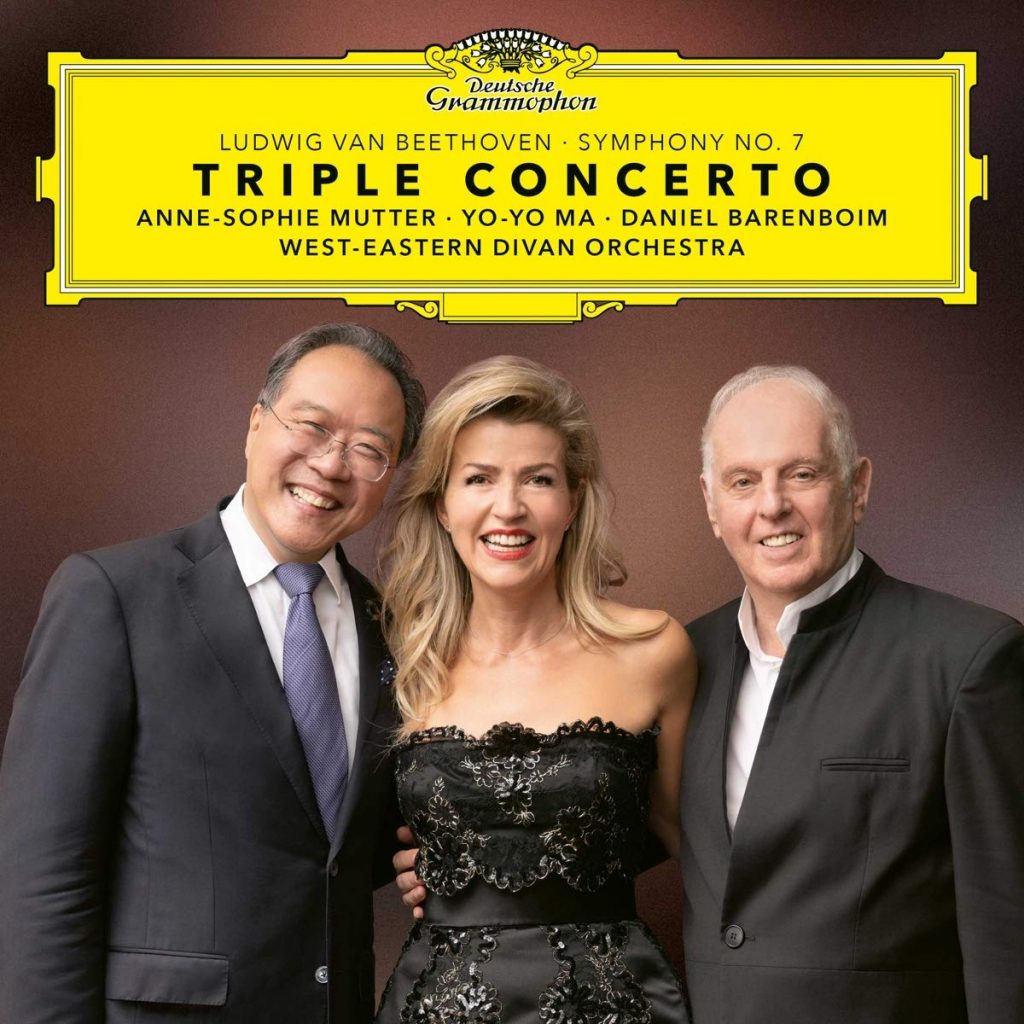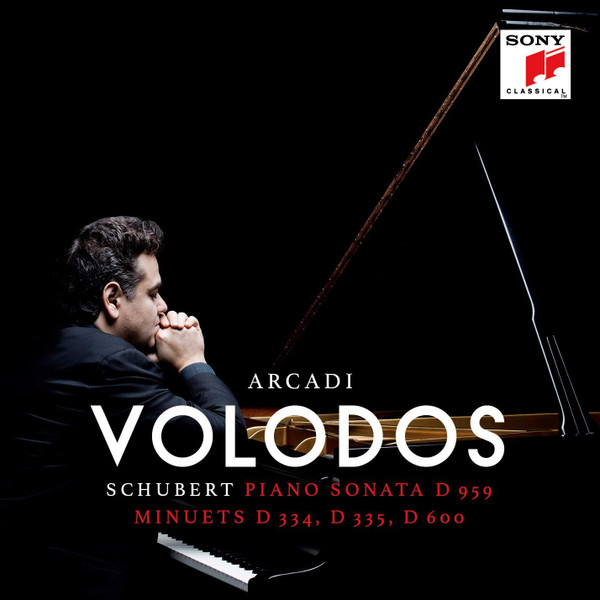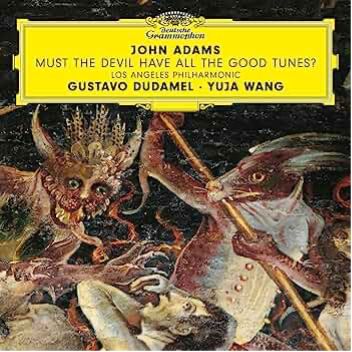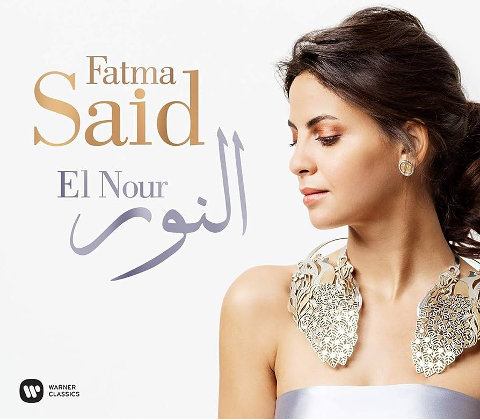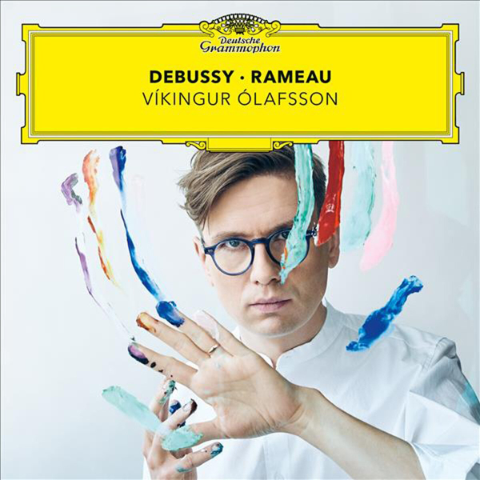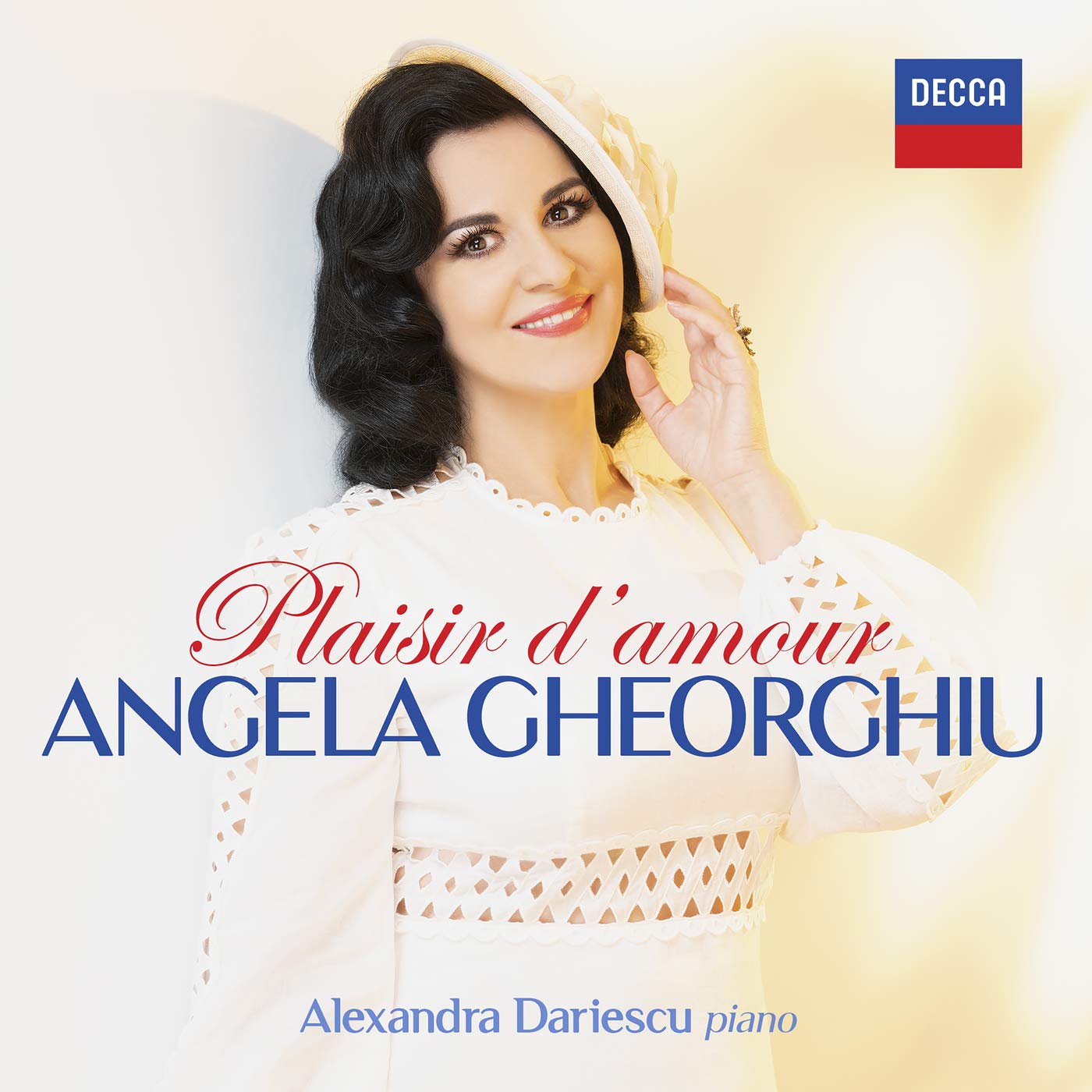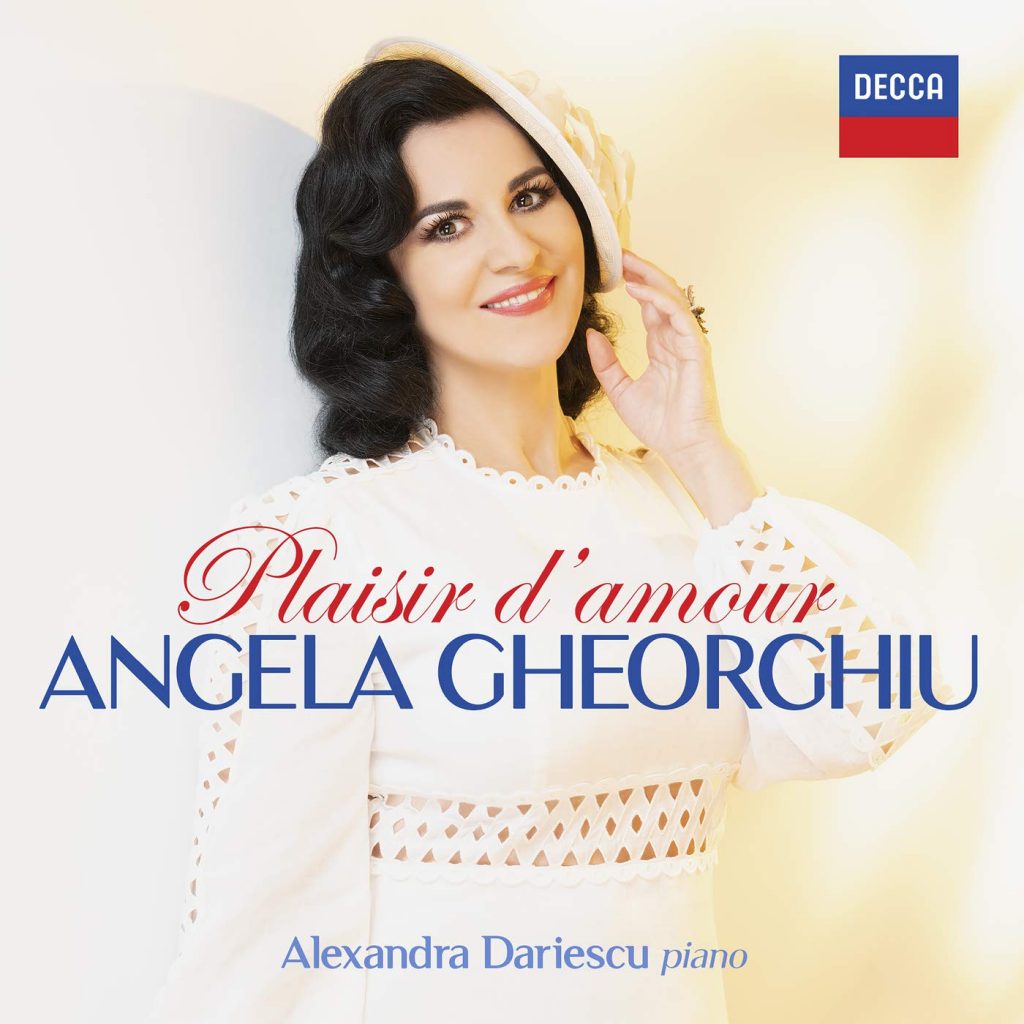BEETHOVEN VIOLIN CONCERTO – LEONIDAS KAVAKOS
Richard Phillips, September 2020
As many artists in 2020, Leonidas Kavakos joined Beethoven’s 250 years celebrations with this CD as a tribute to the composer. Starting with the “Violin Concerto”, it includes works clearly marked by romantic and ancient traditions. Kavakos himself, as he usually does during concerts, also takes the baton. The minor pieces of the recording are also very interesting and shouldn’t be disregarded.
Throughout his long career, the distinguished Greek violinist has astonished us on many occasions, both in concerts with orchestra and in chamber recitals.
Indeed, Kavakos’ noble phrasing in his outstanding interpretation of the Violin Concerto, is prominent. We can clearly appreciate his embellishing sound and his scrupulous respect for Beethoven’s score, especially during the particularly attractive and exceptional performance of the Cadenza of the first movement. There is a beautiful dialogue between the violin and the timpani (alla marcia, written by Beethoven) and an amazing artistry, full of double strings and delightful ornaments, but without losing the rigor with the soul of the work.
The second movement, Larghetto, is very elegant and highly eloquent, performed and conducted by Kavakos with great intimacy, and the transition to the final Rondo is also very creative but faithful to Beethoven at the same time.
The Greek’s remarkable musical ability in both the conducing and solo roles in this movement is clearly visible in the phenomenal final Rondo. It is fresh, bright, strong and superbly played and conducted by Kavakos.
His interpretations are pure and genuine. He is not looking to impress. He seeks fidelity, purity of sound and spirit. His deep understanding of Beethoven’s works shows in every single interpretation, and the powerful romantic energy that moves the artist during his performances is highly contagious to the listener. Absolutely recommendable recording and a “must have” of any Beethoven fan.
